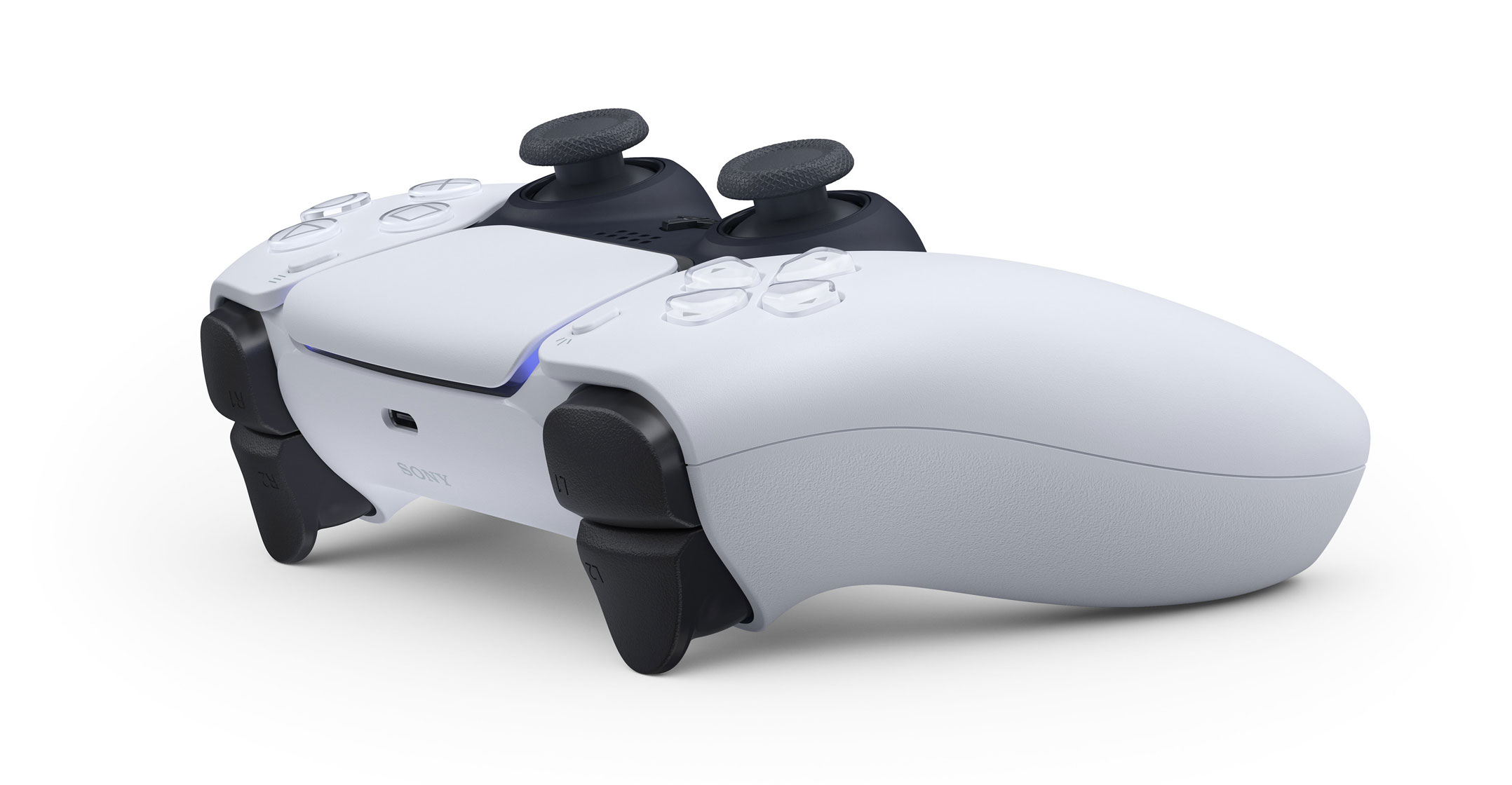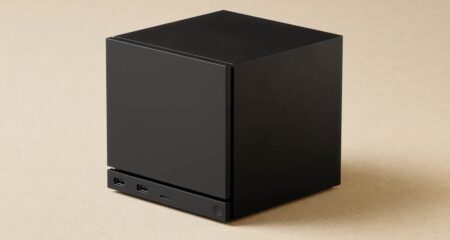 Sony Group has reduced its PlayStation 5 production outlook for this fiscal year due to component and logistics constraints, according to people familiar with its operations.
Sony Group has reduced its PlayStation 5 production outlook for this fiscal year due to component and logistics constraints, according to people familiar with its operations.
The Tokyo-based entertainment giant had previously targeted more than 16 million units assembled in the year ending March, setting it up to achieve its sales goal for the period and also get a head-start on the subsequent year’s production. The company has now cut that number down to about 15 million, making its aim of 14.8 million PS5 sales by March difficult, the people said, asking not to be named as the information is not public.
Logistics issues and parts shortages have grown more severe for Sony, chief financial officer Hiroki Totoki told investors on a conference call late last month. PS5 sales in the quarter ended September were slightly weaker than expectations, he said on 28 October, having previously warned that any resurgence in the spread of Covid-19 may impact the company’s components supply. The PlayStation 5 became the fastest Sony console to reach 10 million units sold this July, but it has fallen behind the sales pace of its predecessor PlayStation 4 since then.
The PS5, released a year ago, has been hard to find for the full duration of its time on the market, constrained mainly by Sony’s struggle to get enough units distributed globally. Uneven vaccine roll-outs across developing nations where Sony suppliers have their production bases have made supplies of chips and parts unpredictable. Assembly partners are in daily contact with component makers to confirm that shipments will arrive as scheduled, which is not always the case, the people said.
Sony did not respond to a request for comment.
Components in short supply include unremarkable but essential gear like power management chips. Chip makers from Toshiba, which provides such power chips, to TSMC have warned that the fabrication situation is unlikely to normalise even during 2022.
Not alone
Sony is far from alone in its struggle to navigate a clear path through shortages. Rival Nintendo cut its full-year sales forecast for the Switch console family by 1.5 million units in early November, while US-based Valve pushed back the debut of its Steam Deck portable console from December to February, citing global supply chain issues.
Frustration around Sony’s limited inventory is growing among game makers as well as fans of the console. One top Japanese game publisher has found players who used to buy PlayStation versions of its games are now gradually shifting to purchasing the PC edition, said an executive who asked not to be named. PlayStation 5 games have so far failed to make an impact on Japanese sales charts, which are dominated by Nintendo’s Switch platform, data from market tracker Famitsu shows.
Sony’s manufacturing partners expect the PlayStation 5 to remain in tight supply throughout 2022 and said that producing enough units to achieve the company’s target of 22.6 million sales in the next fiscal year will be challenging. — Reported by Takashi Mochizuki, (c) 2021 Bloomberg LP




